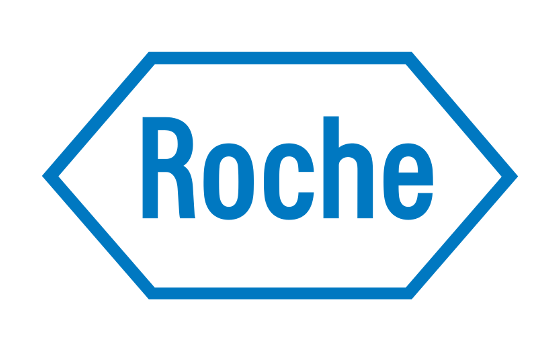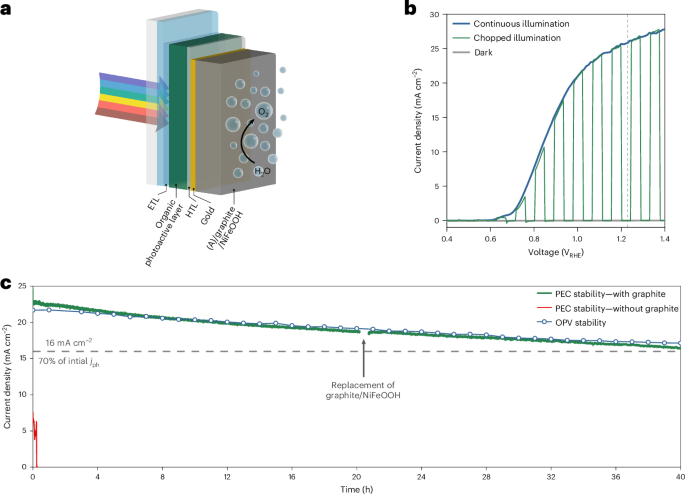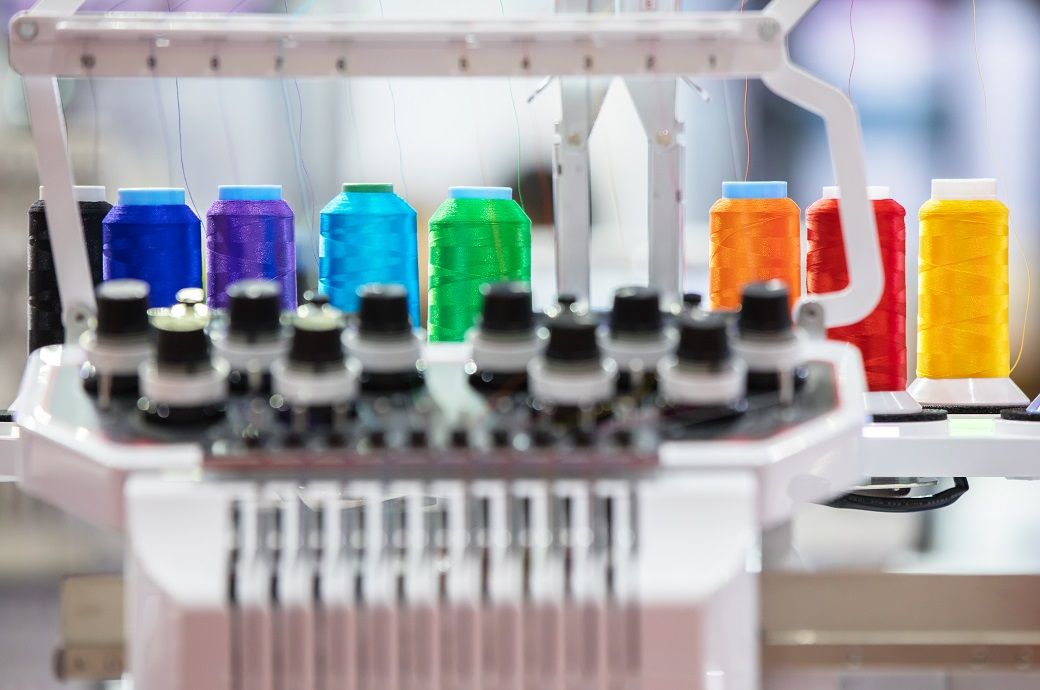Reducing Lithium‐Diffusion Barrier on the Wadsley–Roth Crystallographic Shear Plane via Low‐Valent Cation Doping for Ultrahigh Power Lithium‐Ion Batteries
Advanced Energy Materials, Volume 15, Issue 12, March 25, 2025.

Doped low-valent V, Tb, and Ce cations (with valences lower than W6+) tend to distribute on the crystallographic shear plane under electrostatic repulsion. This reduces steric hindrance between edge-shared octahedrons, with V doping altering the coordination environment of [LiO5] in the crystallographic shear plane. This alteration enhances Li+ diffusion kinetics and material cyclic stability.
Abstract
Rapid-charging niobium–tungsten oxide Nb14W3O44 (NbWO) anodes with a Wadsley–Roth crystallographic shear (WRCS) structure possess 3D interconnected open tunnels. However, the anisotropic Li+ diffusion paths lead to a high lithium-diffusion barrier of hooping between window sites across edge-shared octahedrons, as the rate-limiting step of hooping. To improve the rate capability of NbWO, doping it with low-valent cations (with valences lower than W6+) to reduce the high lithium-diffusion barrier is proposed. Electron energy loss spectroscopy reveals that low-valent V5+, V4+, Tb4+, and Ce4+ tend to distribute on the crystallographic shear plane under electrostatic repulsion forces. The reduction in steric hindrance resulting from the increased long bond length ratio of doped edge-shared octahedrons, coupled with coordination environment modification of [LiO5] on the crystallographic shear plane due to the low energy level of V5+, enhances Li+ diffusion kinetics and cyclic stability. V5+- and Tb4+-doped NbWOs achieve rate capacities of 83 and 63 mAh g−1, at 200 C (1C = 0.178 Ag−1) and retain 75.42% and 86.79% of their capacities, respectively, after 3700 cycles at 20 C. Thus, the proposed doping strategy is promising for preparing WRCS-type niobium-based oxides for ultrafast lithium storage.



































































































![The sights of Avalon Air Show 2025: Day Three [PHOTOS]](https://breakingdefense.com/wp-content/uploads/sites/3/2025/03/f-35-avalon-final-day-scaled-e1743079275404.jpg?#)















































































